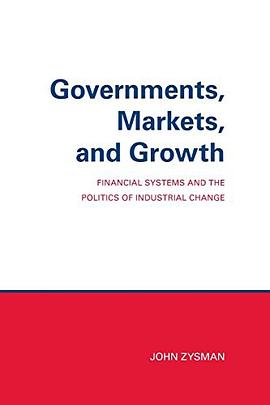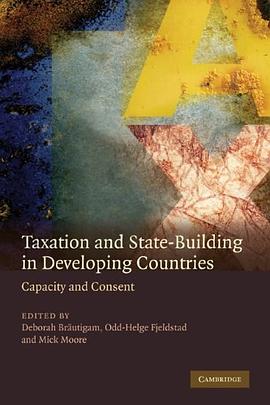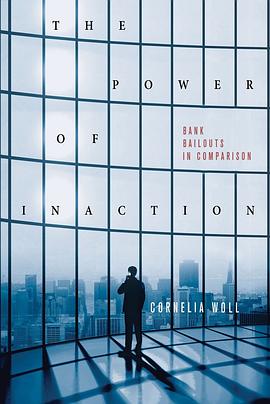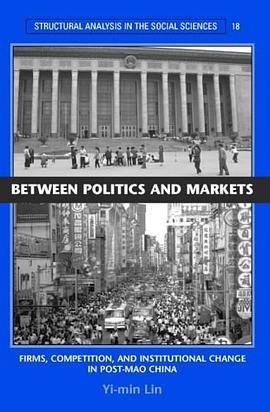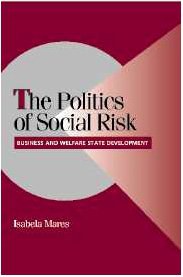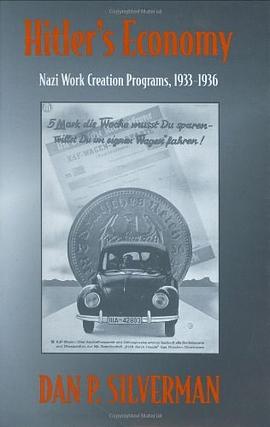
When Hitler assumed the German Chancellorship in January 1933, 34 per cent of Germany's work force was unemployed. By 1936, before Hitler's rearmament programme took hold of the economy, most of the jobless had disappeared from official unemployment statistics. How did the Nazis put Germany back to work? Was the recovery genuine? If so, how and why was it so much more successful than that of other industrialized nations? This text addresses these questions and seeks to contribute to our understanding of the internal dynamics and power structure of the Nazi regime in the early years of the Third Reich. Dan Silverman focuses on the Nazi direct work creation programmes ultilizing rich archival sources to trace the development and implementation of these programmes at the regional and local level. He evaluates the validity of Nazi labour market statistics and reassesses the relative importance of road construction, housing, land reclamation and settlement in Germany's economic recovery, while providing new insights into how these projects were financed. He shows the connection that existed between work creation and the Nazi race, agriculture and resettlement policies. Silverman concludes that the recovery in Germany between 1933 and 1936 was real, not simply a product of statistical trickery and the stimulus of rearmament, and that Nazi work creation programmes played a significant role. However, he does argue that it was ultimatly the workers themselves, toiling under inhumane conditions in labour camps, who paid the cost for this recovery. Nazi propaganda glorifying the "dignity of work" masked the brutal reality of Hitler's "economic miracle".
具体描述
读后感
评分
评分
评分
评分
用户评价
相关图书
本站所有内容均为互联网搜索引擎提供的公开搜索信息,本站不存储任何数据与内容,任何内容与数据均与本站无关,如有需要请联系相关搜索引擎包括但不限于百度,google,bing,sogou 等
© 2025 qciss.net All Rights Reserved. 小哈图书下载中心 版权所有





